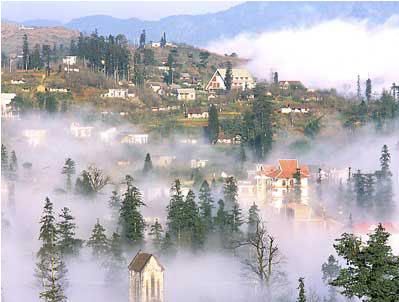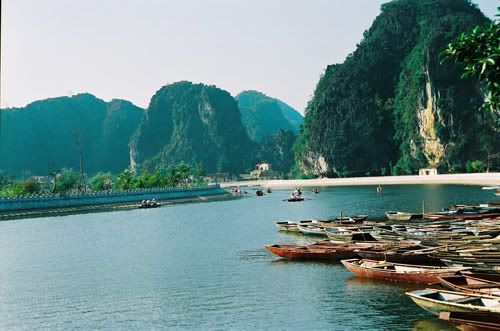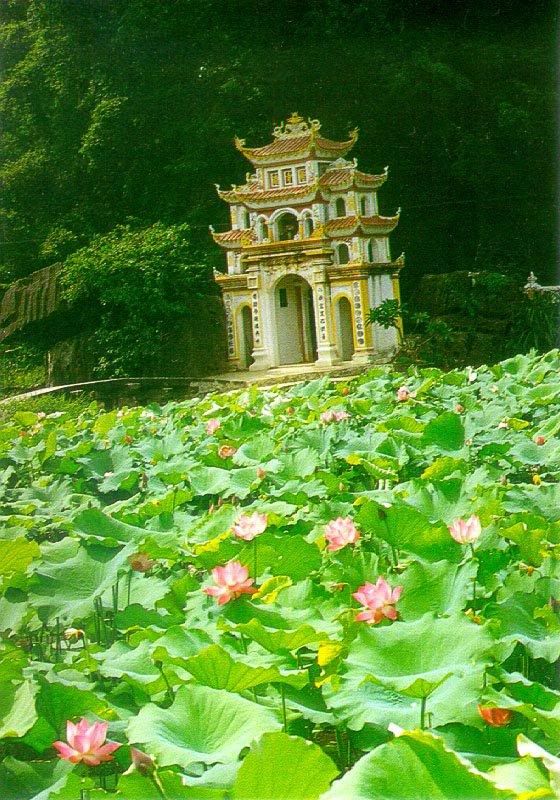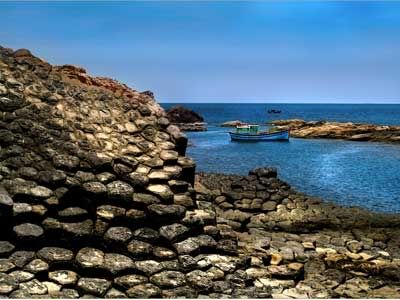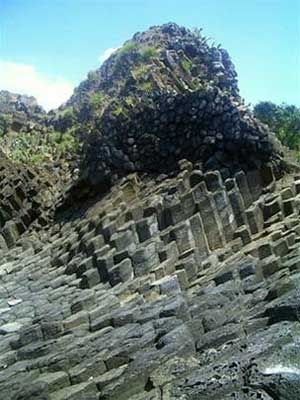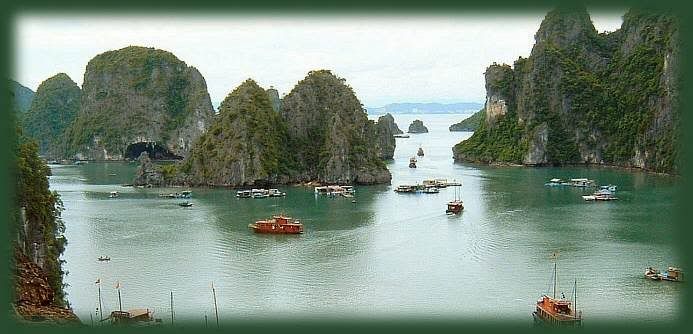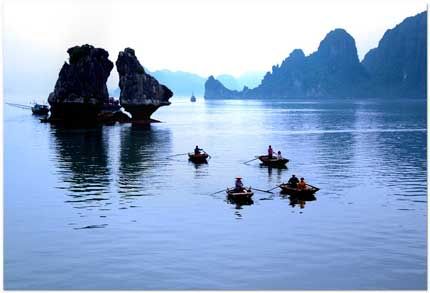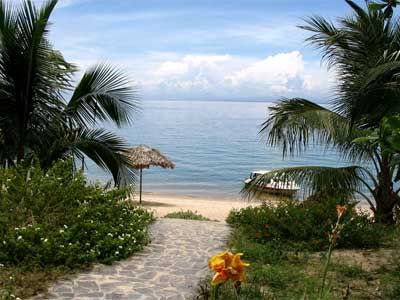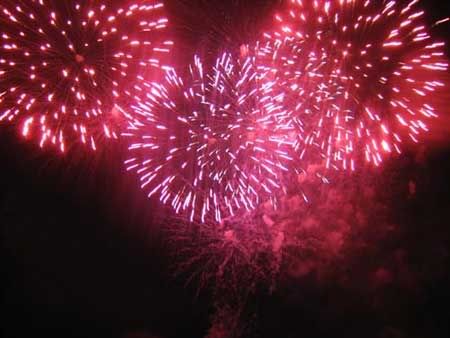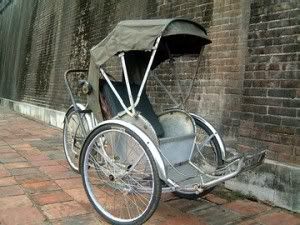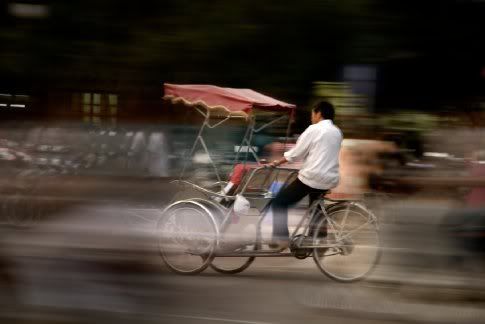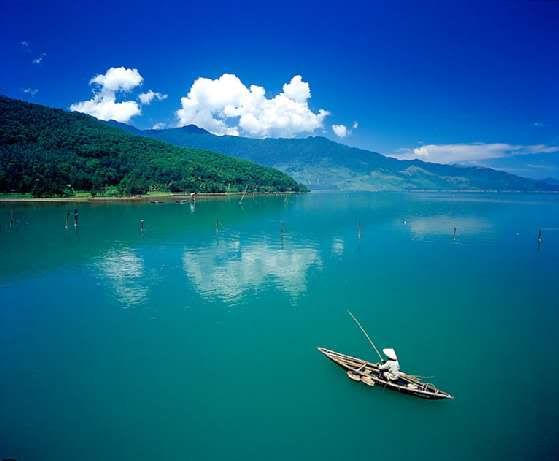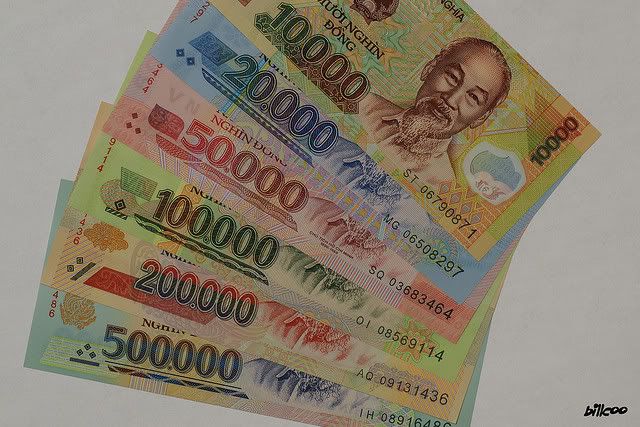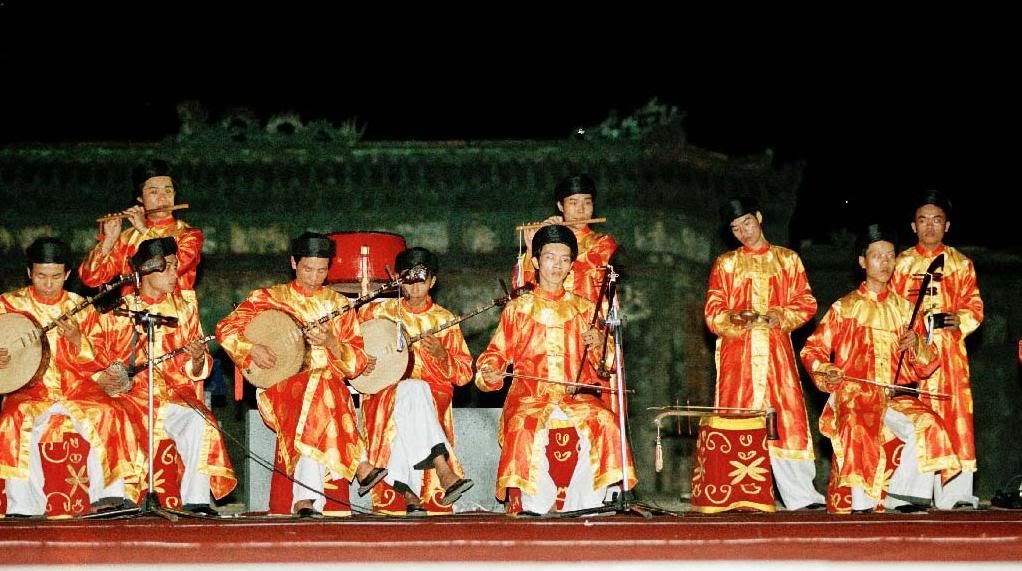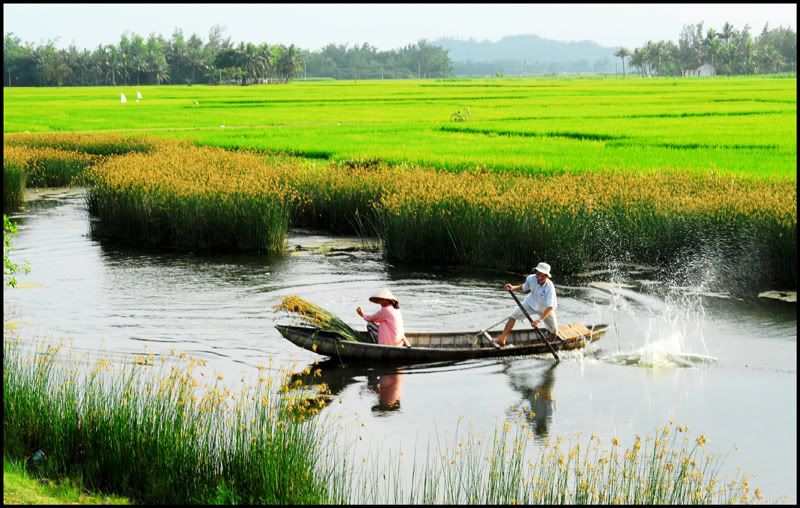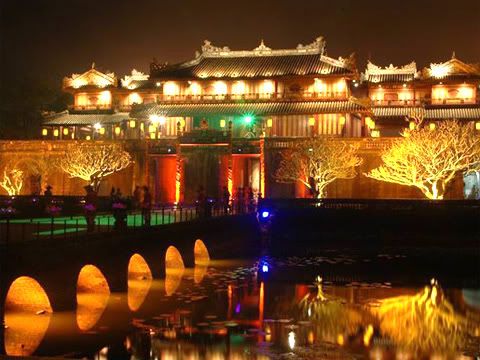City in the mist
Someone has said that, not to Sapa with love, but only up with friends, with family. By, the cold earth of Sa Pa, charming scenery which will make people desire to mix with each other, will hardly resist the attraction of love, and if you’re apart will be another unforgettable !
Located in the northwest of the Vietnam country, Sapa is a mountainous district of Lao Cai province, is also a popular tourist destination with many beautiful scenic spots. With many tourists have come once, Sapa is a land of modest, quietly but hides many wonders of the natural scene, there are many interesting discoveries.

Engulfed in heavy clouds floating, Sapa as a magical city in the mist, paint a natural scenery picture
The natural scenery of Sapa is combined with human creativity with the topography of the mountains, green forests, the paintings are arranged in a harmonious composition form a land of many scene romantic appeal. Who may once more, then the farm poetry, music and pictures are subject Sapa desire is enough to stop where land and the sun will kiss .
Sa Pa is one of the rare places in Vietnam with snow. There are the time, snow fall consecutive than 12 hours, a thick gloves. Engulfed in heavy clouds floating, Sapa as a magical city in the mist, paint a picture charming natural scenery landscape. Here, things are invaluable resources that cool fresh air, bringing many diverse nuances. So besides the rich fruit, tourists are satisfied watching mountain girls with pink skin, thinner in the sun and wind of Sapa.
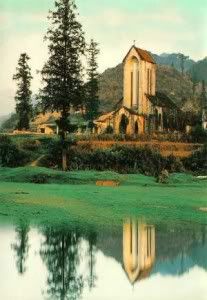
Stone church in Sapa
Sapa coloring climate temperate and subtropical as well as Da Lat, Ba na … Weather in town one day four seasons, but have felt the season where there are clearly other places. In the morning, you can garden, up the mountain to feel the weather is like spring with flowers blooming forests.At noon the weather like in summer, sunlight is gentle enough to make girls pink cheeks. Afternoon clouds and mist falling feels fresh and cold for the night sky as the cold of winter. At this time, next to a kitchen fire odor corn, potatoes, and you will feel warm most of Sapa.
Sa Pa origin of name: “Sa” is the sand, “P? ” is the bank. Old days no Sa Pa, inhabitants of this land is for the “sand” . Therefore, local people who also say “Sa P? shopping.” Two words “Sa P?” Westerners pronounce no sign, so the Sa Pa. Also Sapa today, before a circuit module to the muddy red water, the locals called “Hung Hu”, “Hung” is red, “Ho” is the streams, red streams.
Venue for climbers
Go Sapa, many young people are eager to once again look at and above the conquered Phan Si Pang mount high 3.143m on Hoang Lien Son range. Phan Si Pang was dubbed the roof of Indochina. Call Hoang Lien Son, because only on this mountain Hoang Lien(celandine), a precious medicinal herbs, rare.
Also, Hoang Lien also focused a lot of valuable wood species, precious and rare birds such as partridges, bears, monkeys, chamois. There are nearly 900 species of plants, including medicinal plants and 173 species and 37 mammal species recorded in the “Red Book of Vietnam” to be present at this famous forest.
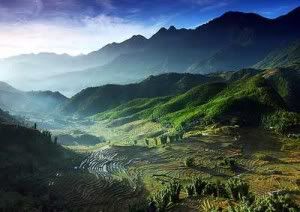
Hoang Lien Son range
If tourists want a trip hiking time interesting, climbing is appropriate in September from the previous year to March next year. But Phan Si Pang is the most beautiful late February, when the mountain flowers begin to bloom. You will clearly feel the fragrance of mountain flowers such as peach, plum… weaving in the wind sweeping in, in the mist.
Total time climbing mount of only about 2-3 days , even with the expertise and good health can make in a day. A provision for the climbers here are not litter in the forest, to protect the environment. If you forget, could be fined heavily or be reminded of other visitors immediately.
Conquer a mountain is much easier than the Hoang Lien Son Mountain in Ham Rong adjacent Sapa. Any visitor can also up to the panoramic view of the town, the Muong Hoa valley, Sapa, Ta Phin is hidden in the smog. Located at an altitude of nearly 2000m, Ham Rong mountain from center about ten minutes the walk. From here you will see four towns spring cloud, the prototype of many paintings, photographs have won international awards.
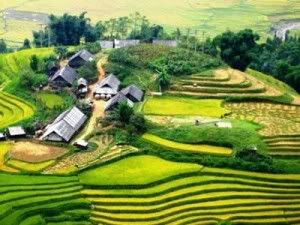
Terraced fields in Sapa
Beyond the terraced fields is a harvest of golden color, swirling the endless circle, full of life. Left side, the Ho village as a mirror of the sun, dark red that afternoon. Besides the natural beauty of nature, beautiful place thanks to the hard man’s restoration. Up Ham Rong, travelers lost in the garden, clouds rushed tight body, flowers bright surface.
You will touch on the “kingdom” of flowers and fruits with special products such as peach flowers, peach to yellow, small yellow peach, purple plum, plum flowers, pear flowering, chrysanthemums, roses … especially with live flowers immortal time. The couple loved each other would be hard to forget those beautiful moments in arms between heaven and earth to grace this place.
In March, you will clearly feel the fragrance of mountain flowers such as peach, plum … weaving in the wind sweeping in, in the fog
Not far from Ham Rong mountain, visitors can find your heart again compiled minutes before settling old church right in town and goes from town to the northeast on the road to Ta Phin cave is a monastery was built near full stone, in a hillside clear, cool. Walk through the monastery three miles to our north Ta Phin cave, stalactites make a lot more interesting shapes like the fairy dance, the fairy seated, far fields, sparkle woods.
It seems from the church to the monastery and the cave is an experience in the real space and time to forget the worries, permanent fatigue. If you want this to feel better, you can reach the famous ancient rock. 8km2 rocks extending nearly 200 blocks is a sequela of the presence of history here. The stone carvings of the many strange inhabitants of ancient wedge ago thousands year that many archaeologists have not been decoded.
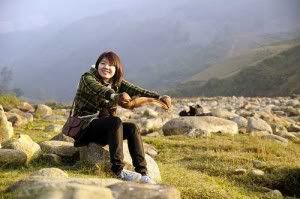
There appear strange patterns on the rocks with different shapes: the ladder, the people, the road and written … concentric rings are quite similar to the sun symbol, featuring male and female mating – the proliferation symbol and many of the strange markings. October 1994 Sapa ancient rock is the Van eager recognition information is historical and current national state is being proposed as UNESCO world cultural heritage.
Discover the beauty of ethnic
Speaking to Sapa is said to have more floor area rich cultural diversity, but very personal with festival festival as “Roong poc” of Giay Ta Van people. Festival “Sai San” – the mountain bike of Mong people, festival “Tet nhay” of the Red Dao people, all of which took place in January, February lunar year.

The colourful market of Sapa
Sa Pa’s fair, a meeting point of many ethnic groups meet on Sunday in the town of Sa Pa has been a most interesting visitors here. A bold but fair beyond national identity that tourists often visit to the Bac Ha market which is known for are still kept intact, and ticket bearing the features of the highland peoples of Vietnam.Bac Ha market is not just a place to buy and sell the other markets where exchange and local exchange of goods with goods from other provinces, and where the exchange of cultural encounter between the local peoples. Tourists come to see very clearly this market culture of the ethnic market.
Once down the mountain, the girls, the grandmother, mother and child are blooming with the new colorful dresses of all colors, they see this as the festival down the mountain. Bac Ha market is a special place for men dating young girls of Highlander meet every week hard working.
People in remote areas go grocery must from a two days before the fair, so on Saturday night with fun people together by the folk songs of the Mong boys and girls, the Dao, by the sound lips musical instrument, flute, pan-pipe of Mong people, with the bowl filled wine of older people … All both sweet ferment but very fervid of the Sa Pa mountains. Here, everyone was so charming, had missed each other, so it also called “Cho Tinh” (Love market).
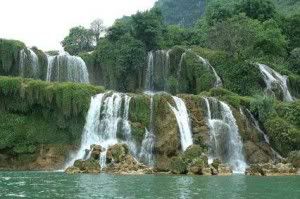
Sapa town about 12km on the road to Lai Chau, we will meet the Thac Bac (Silver waterfall) with poured water from a height of 200 m form the mighty bass jungle sounds. All are contributing to a Sapa as romantic and fanciful. For many years away forever Sapa, you still remember a quiet Sapa, a lyrical Sapa as a dream deeply in nostalgia …

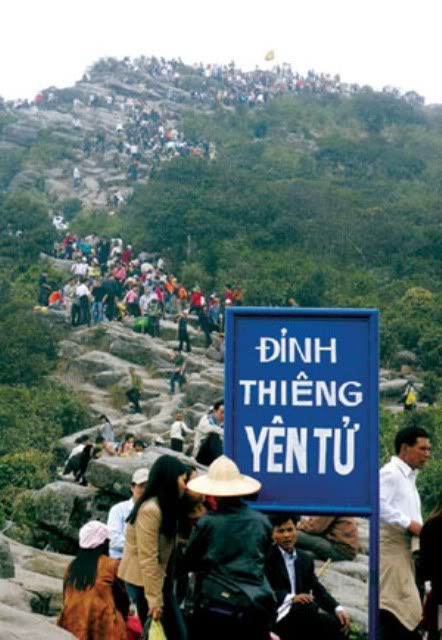
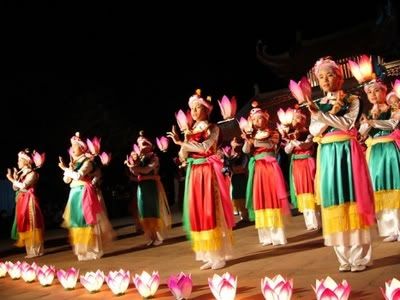
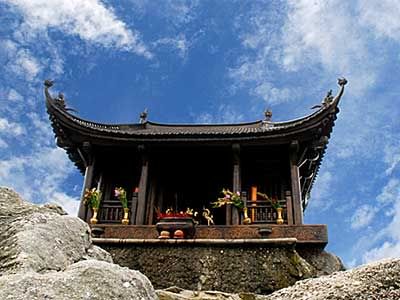
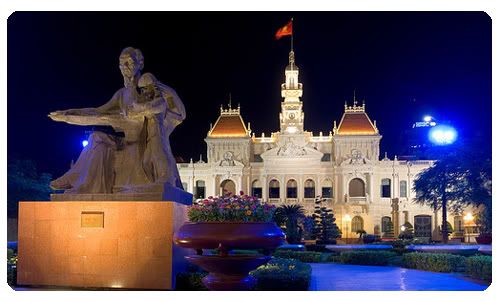 Ho Chi Minh City
Ho Chi Minh City 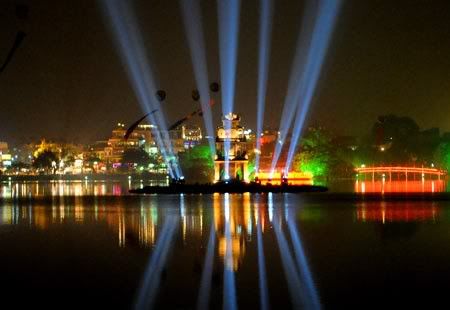 Ha Noi City
Ha Noi City